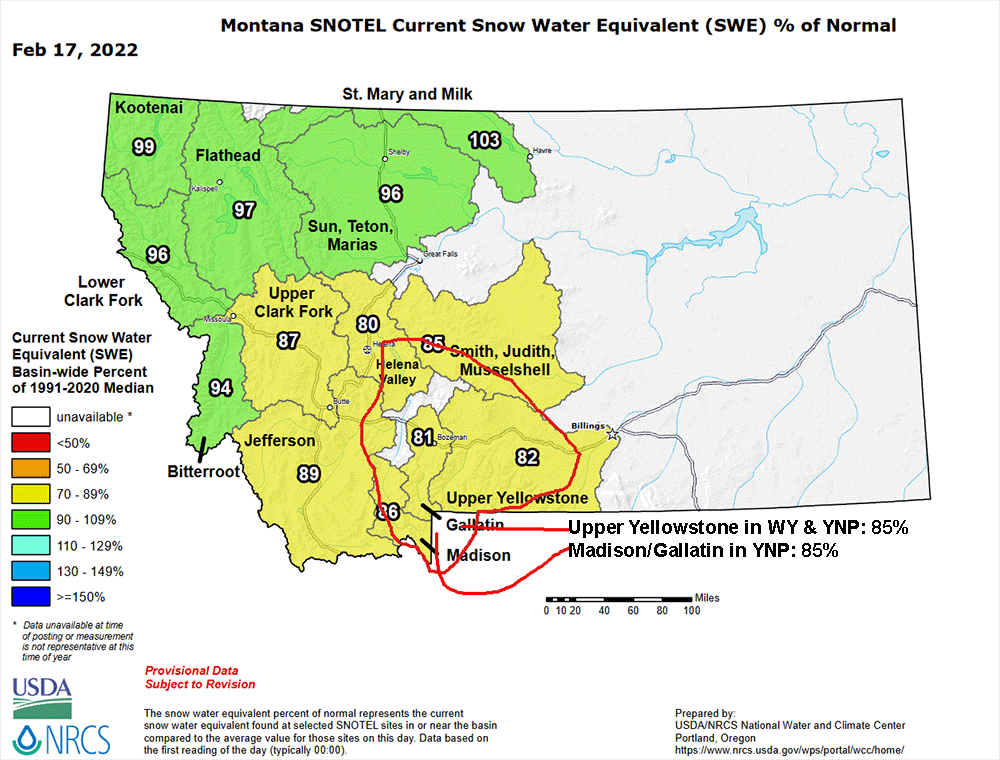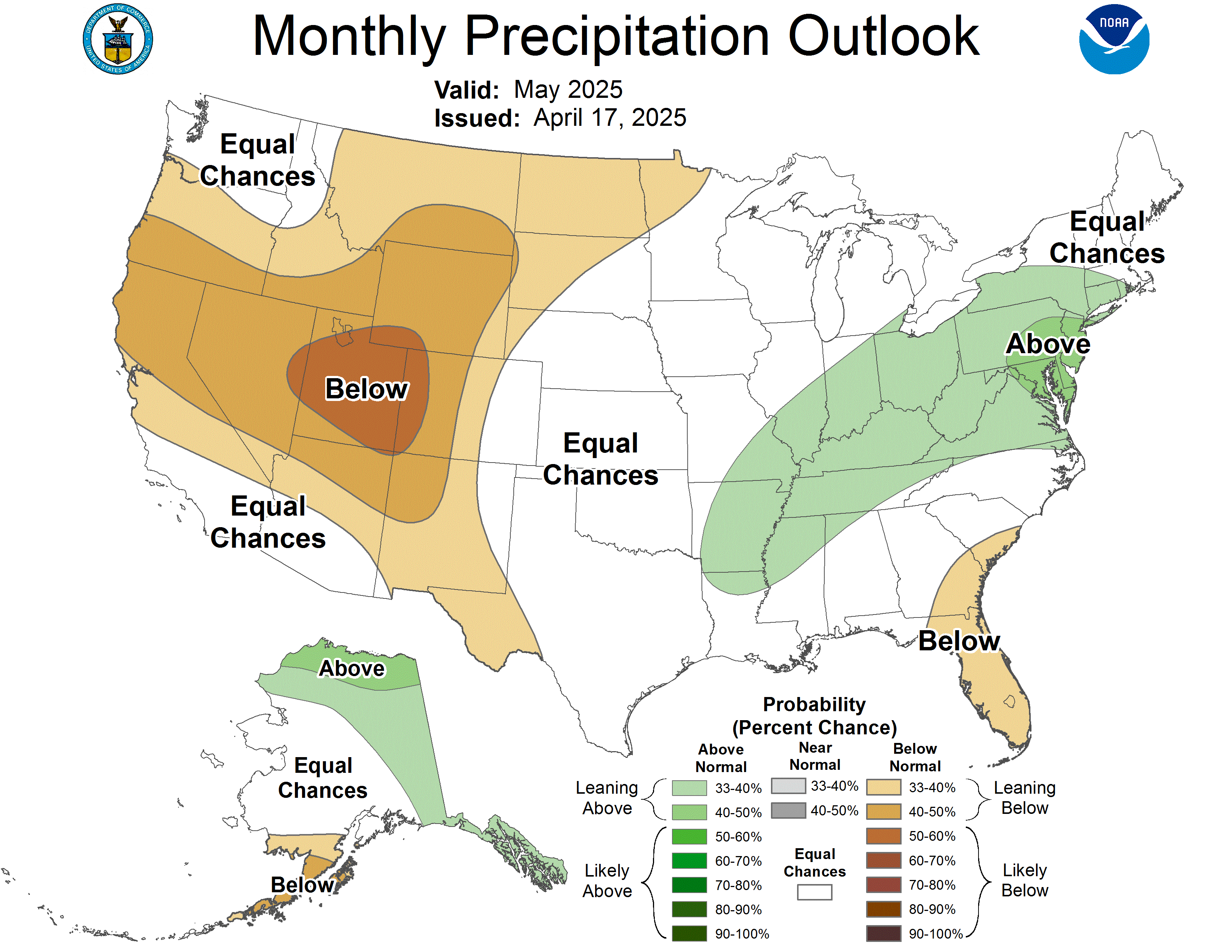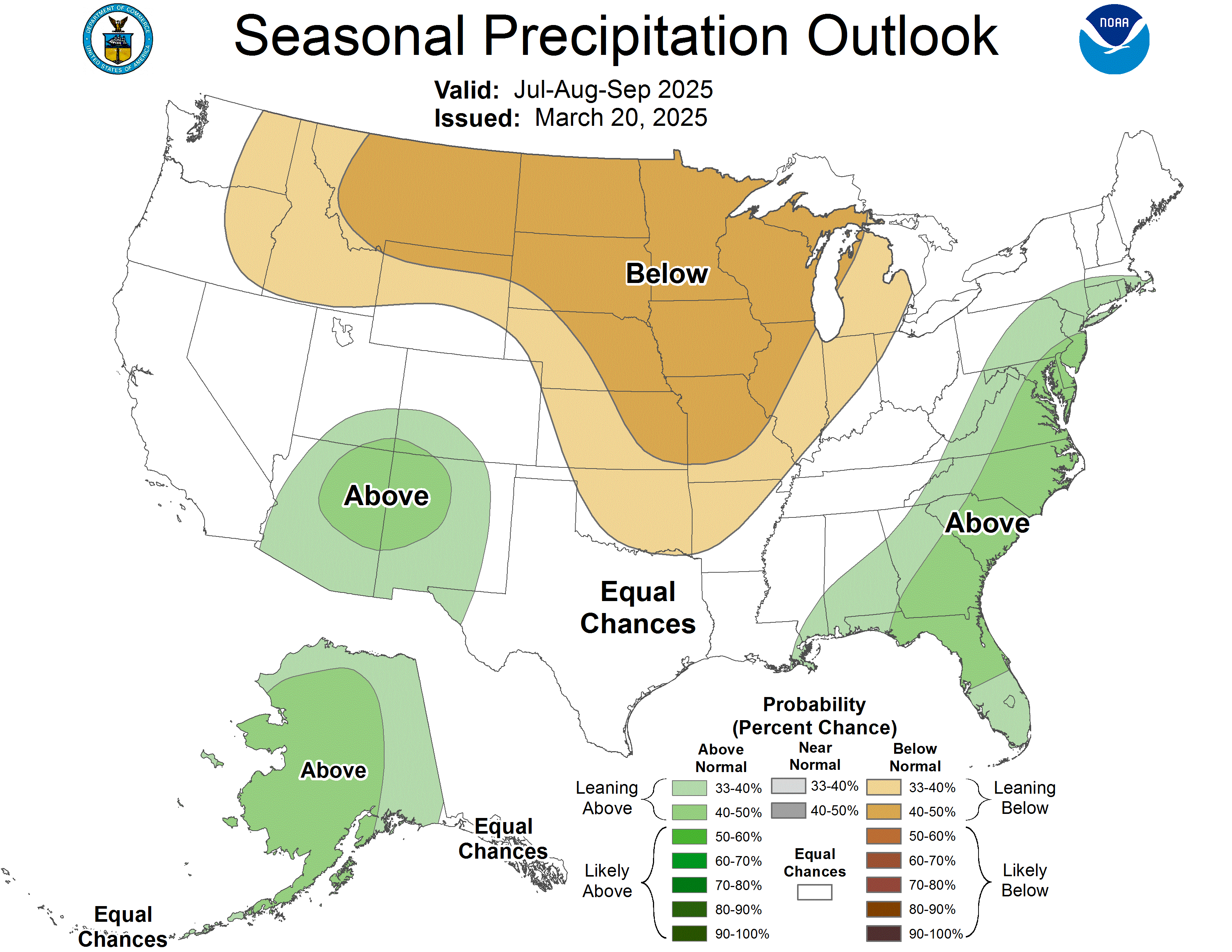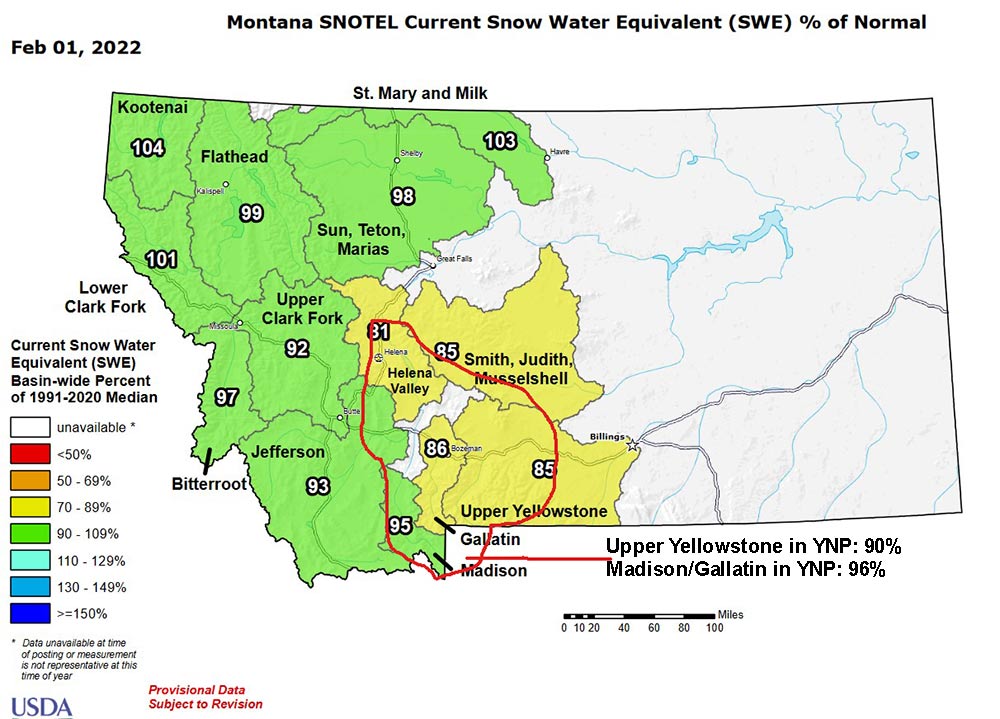Snowpack Report and Predictions for Summer Streamflow and Fishing Conditions – Mid-February Update
Posted on February 17th, 2022
Introduction, Current Conditions, and Long-Range Outlooks
Here in Yellowstone Country, winter snowpack and how this snowpack melts from late April through June play the most important roles in summer water supply for both fish and agriculture from early June through mid-September. June through mid-September temperatures and rainfall play a secondary role. Only after mid-September does day-to-day weather play the largest role in overall water levels and water quality. Winter weather is thus very helpful in planning summer fishing trips to the region.
On the heels of low snowpack in 2020-2021 followed by a record warm, dry summer that came early, we are currently in severe to extreme drought throughout the YCFF operations area. Montana is in worse shape as far as drought than any other region in the West except for Oregon east of the Cascade Range. Unfortunately, current snowpack is very low, so these conditions are not likely to improve much. Current snowpack ranges from 80% to 89% of normal in our ops area, with the two most important basins (the Yellowstone River basins in Wyoming and Montana) at 85% and 82% of normal, respectively.

Snowpack as of Feb 17. Our operations area is circled in red. Snowpack for Wyoming and YNP basins in our operations area is noted at bottom left.
The culprit for the above low snowpack is simple: we had very little fall and early winter snow, lots of snow from about December 10 through New Year, and almost none since. January and early February snowfall may very well have been record-low in many areas throughout the region. Bridger Bowl, the closest ski area, only has a bit over half of its normal snowbase for the date, and much of that fell in the past two days. The following graphic is from the Two Ocean Plateau Snotel, a high-elevation snow data sensor at 9240 feet near Yellowstone Park’s southern boundary, in the Wyoming portion of the Upper Yellowstone basin. Notice the flatline. That’s this year’s water. The smooth green line is mean snowpack for the date. The jerky green line is median snowpack for the date.
We are currently in a slightly wetter phase, with a potentially substantial storm likely over the Presidents’ Day Weekend coming up. This storm should move the needle in a positive direction. After that, intermediate-term outlooks as of February 17 call for cold but dry conditions over the 6-10 and 8-14 day periods. The monthly outlook for March calls for above normal precipitation. Let’s hope this is correct. The three-month outlook for March through May is inconclusive, with equal chances of above normal, normal, and below normal temps and precip. We hope things slant cool and wet. Unfortunately, summer outlooks are calling for hot and dry conditions.


Summary of Anticipated Water & Fishing Conditions
In a general sense, here’s what we expect for June through mid-September streamflow and fishing conditions. This is based on current conditions and the longer-range outlooks. Think of the following as something like a weather forecast from a week out: it’s too early for specifics, but the general outline is probably accurate. Spring fishing conditions depend on day-to-day weather; we hope for a late and slow start to the spring snowmelt.
- Below-normal snowpack and resulting summer streamflows are now basically certain. How low we go depends on how much moisture we get through mid-May and how the snow melts from late April onward. Record-low water in late summer is very possible.
- We anticipate a light snowmelt and an early to normal end to the snowmelt cycle. The end point will depend on when the snow starts melting in earnest.
- Late June and July fishing conditions will generally be better than August and early September conditions.
- The fish are likely to be spooky and difficult for much of the season.
- If we have a hot/dry summer, 2:00PM fishing closures will be common to universal across our operations area between July 25 and August 25. Closures outside of these timeframes are possible if we have an early extreme warmup as we did in 2021.
- Fires and smoke from both local and distant fires are likely to be very bad this year beginning in mid-July.
- Due to the winding-down of COVID (we hope) prompting high tourism, as well as the rapidly increasing population in the region, fishing pressure will be intense from the end of runoff through early October, assuming fires and stream closures allow for it. The quality of the fishing will not play any role in how many people are on the water.
Detailed Fishing Conditions by Water
The following information is still quite general, as we still don’t know exactly how much snow we will get or when and how this snow will melt. In general, more snow and a later melt will push things towards the latter end of the following date ranges, increase overall summer streamflows, improve the fishing in late July and August, and reduce fishing quality in June, while little moisture for the remainder of winter and early spring and an early start to the melt will have opposite effects.
Fishing beginning in early-mid September depends more on day-to-day weather than snowmelt. In general, the fishing AFTER September 15 will probably be better than the fishing BEFORE unless we see unusual weather. We DID see unusual weather in 2021; early September was cool and wet while late September was warm and bright, so fishing was much better in early September last year. This was very odd.
Montana Fisheries
- Yellowstone River: Runoff will end between June 5 and June 25, with June 15-20 now most likely. The fishing will be best for the month to six weeks after runoff starts to trail off. Hot, bright days in August and early September will be very difficult, particularly in shallow, gentle sections of river.
- Madison River: The Lower Madison will not experience any appreciable runoff and will be best prior to June 15. After June 20 it may be too warm after noon depending on day-to-day weather. The Upper Madison (really outside my ops area) will likewise probably not experience much of a runoff. It will be best from mid-June through mid-July.
- Boulder River: Runoff will end between June 1 and June 20, with June 15 most likely. The river is likely to get too low to float no later than July 15. High water temps and low flows will almost certainly be a problem even for wade-fishing in August due to this small river’s intense irrigation drawdowns.
- Stillwater River: Runoff will end between June 1 and June 25, with June 15-20 most likely. Upper sections will be too low to float around July 10-15. Lower portions downstream of the Rosebud confluence will be high enough to float through late August. The best fishing will occur in July.
- Missouri River: No appreciable runoff will occur. It’s actually pretty unlikely flows from Holter Dam will change much at all from the current 3000-odd CFS levels this spring. The carp/walleye/pike water upstream from Canyon Ferry Reservoir will as always fish best from late July through early September. The trout water downstream of Canyon Ferry (including “Land of Giants”) will fish best from now through June.
- Private Lakes: Day-to-day weather is more imporant on the lakes than snowmelt. These lakes should fish well from early April through at least mid-June, with hot/bright weather thereafter the determining factor on when things get slow.
- Paradise Valley Spring Creeks: Fishing is always best on the creeks from early March through April, then again from about June 20 through July 20. Unfortunately, radically-increasing pressure on the creeks now means that many prime dates in June-July 2023 are now booked solid. We’re basically done guiding on these creeks except in March-April because of this.
- Other Waters: The Gallatin River will likely drop out of runoff in mid-June and possibly get too warm by late July. The Jefferson River will drop from runoff by mid-June and probably be too warm the instant it does. Immense fish kills occurred on this river in 2021 and this year will be no better. Many portions may honestly never recover, given the likely future flows and water temps current climate models predict. Montana small streams will generally fish best in July but will also be okay in August provided they don’t get TOO skinny. Public lakes in Montana will be best in May and June.
Yellowstone Park Fisheries
- Yellowstone River: The Lake-Falls stretch always opens July 15. It will be best for the two weeks thereafter. The Grand Canyon from the Falls to the Lamar confluence may not experience an unfishable runoff. If it does become too high, it will clear no later than June 10-15. It will be best in late June and July but should produce for the remainder of the season if it does not get too warm. The Black Canyon section downstream of the Lamar confluence tracks similarly to the Yellowstone River outside the park.
- Gardner River: The Gardner will be fishable on a day-to-day basis from the park opener through mid-June, then be good through early July throughout and after early July only upstream from Boiling River. Downstream of Boiling River will be too warm until mid-September. Note that the Gardner saw overwhelming pressure in 2021 and generally fished poorly because of it.
- Lamar River & Tributaries: Runoff will end between June 15 and July 1 on Slough Creek and between June 20 and July 4 elsewhere. The best fishing will be for the month thereafter. Late August and early September will see low water and spooky fish, particularly on Slough Creek. Roadside areas saw overwhelming pressure in 2021 and 2022 might well be worse.
- Firehole River: The Firehole will not experience an appreciable runoff and will fish best between the park opener and June 10. The first hot/dry spell between June 10 and June 25 will shut down fishing until after Labor Day.
- Gibbon River: The Gibbon is unlikely to experience an appreciable runoff and will be best between June 1 and June 15. After June 15, the first hot spell will shut the fishing off until September 1.
- Upper Madison River: Generally similar to the Firehole but will hang on for a few days after the first hot spell.
- Lakes in YNP: Ice-out will depend on day-to-day weather but should occur around Opening Day. All should be accessible from this point onward due to limited snow on the trails. All will fish best from ice-out (or Opening Day, whichever comes second) through June, then trail off through July.
- Creeks in YNP: Meadow-type streams will become fishable between June 5 and June 25, with those draining lakes becoming fishable towards the earlier end and those draining mountains falling into shape later. All will be best for the first month after they come in. Rough, mountain creeks will come into shape between June 15 and July 4 and be best for a month starting about a week after they fall into shape.
Early February Snowpack Report – Do Your Snow Dances
Posted on February 2nd, 2022
I won’t bury the lede. We have had a warm, dry winter in Montana. Coming on the heels of record heat and drought last summer and a warm, dry winter in 2020-2021, we desperately need snow.
As of right now, the numbers don’t look too bad. I’ll let the following map do the talking. Our operations area is outlined in red:
The problem is that these numbers are showing across the board declines over the past month. While the east has been getting pummeled by storm after storm, we have been in a horrific dry spell. The above are percentages of normal for the date, meaning that here in Livingston we’re at 85% of normal accumulated snowpack for this time of year, since we’re in the Upper Yellowstone basin. In early January, we were 15 points higher. The Madison/Gallatin basin in YNP was more like 30 points higher. The basic problem is that January is historically one of our three snowiest months, along with March and April. For all intents and purposes, it has not snowed at all in the past month.
Long-range outlooks through February 10 or so suggest continued warm and dry conditions. After February 10, a possible shift to cold/wet conditions is possible. We want this shift. In general, we prefer normal to slightly high snowpack to keep our waters running cold through the summer. To have any hope of getting such conditions for summer, we really need to shift during February rather than later, since we have such a debt to make up after last year. All of Montana and western Wyoming is in severe, extreme, or exceptional drought, the three worst categories. Without substantial improvement to snowpack, our drought situation and therefore summer/fall streamflows will not improve.
It is still early enough we can’t make set-in-stone predictions about summer streamflows and fishing conditions. Our first in-depth predictions will come around March 1. Even so, the following conditions seem likely given our drought situation and current snowpack numbers:
- We anticipate an early end to the spring snowmelt and low flows overall. Even if snowpack improves to near-normal, this still seems likely.
- Water conditions will be better from sometime in the latter half of June through July than they are in August and early September. Precise dates will depend on how much snowpack changes (hopefully improves) and when this snow melts.
- Low, warm water is likely. Poor fishing conditions on some low-elevation waters are basically certain, and at least some 2:00PM fishing closures are probable. Last summer such closures were universal between late July and late August. Without substantial improvement, we are headed for similar closures in 2022.
We will put up another update in mid-February, hopefully with an improvement in snowpack or at least better prospects for snow to report.
Newsletter for Winter 21-22
Posted on December 26th, 2021
Got an hour to kill? Want to read a truly massive fishing newsletter?